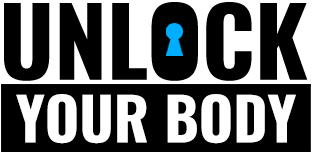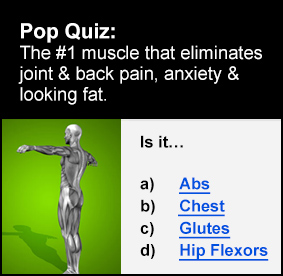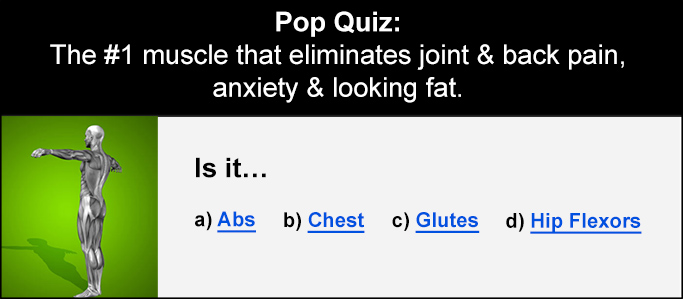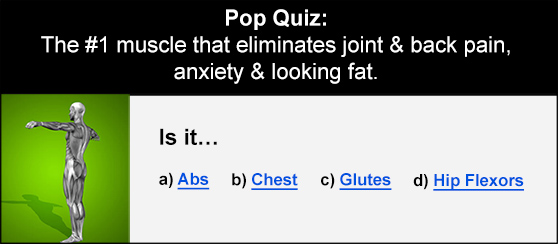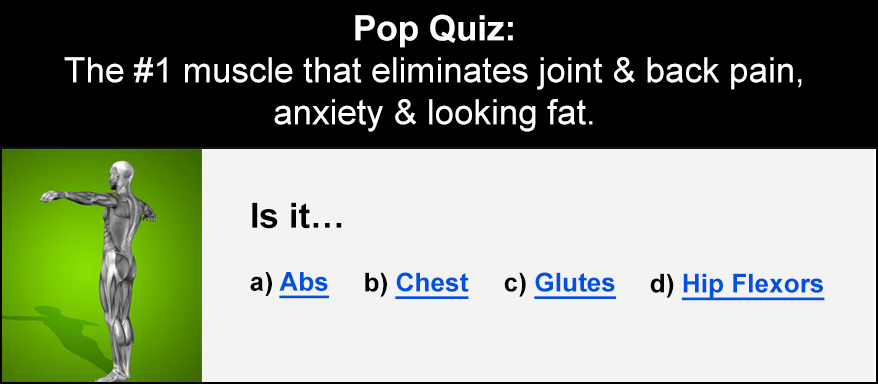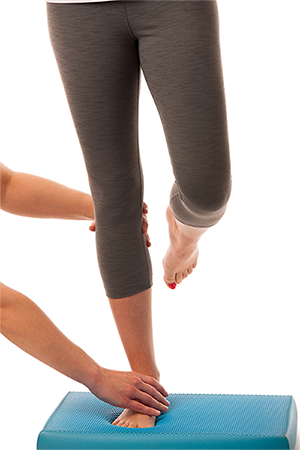
Proprioception is the human sixth sense and it is a crucial factor in better movement and long-term health.
It’s the feeling of where your body is – body awareness – and it plays into everything from posture to better exercise to balance and fall-risk.
Today we’re going to discuss proprioception and balance, what you can do to improve both, and why this matters so much! Stick with us if you want to improve almost every part of your life – which you really should!
Proprioception and Balance – Practical Importance
Proprioception
Why should you care about proprioception and balance?
To start with, proprioception is one of the most important factors associated with better balance, it informs your posture, it helps you perform exercise correctly/effectively, and it is a factor in everything from fall risk to fractures.
Simply put, proprioception is the foundation for how you control your body and what you can do with it. If this one piece is absent or ‘off’, everything suffers for it. This means worse performance across the entire spectrum of human movement – which you can’t avoid!
Balance
Balance, on the other hand, is more specific. Balance is a particular application of proprioception and muscular/joint control. Balance over your base of support (usually your feet) is important for every type of movement. It’s one of the most important ways that proprioception affects your everyday life.
As you might expect, balance is also closely tied to your fall risk, which is associated with fractures and other conditions of ill-health. This often means a cycle of fractures and atrophy that can leave you in a hospital far more often than you should be.
Improving balance is a single benefit of exercise, but it also contributes to better exercise.
The balance of your weight adjusts which muscles and connective tissues are bearing load in a certain movement. This makes balance a key player in absorbing force and improving injury risk as you age.
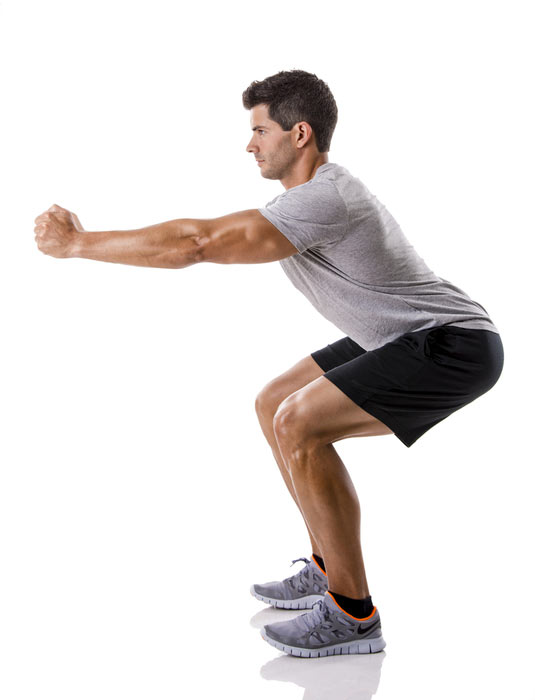
Training to Develop Balance and Proprioception
So, how do you train to be better at moving your body and being aware of it?
Practice is perhaps the only answer to this question. Proprioception develops from moving in ways that demand and exaggerate body control – whether that’s from controlled slow movements, repetition of one movement, or through loading a movement.
These all offer ways of improving your connection to your own body and control over it. What will help is a focus on both repetition and variety: get good at specific movements and practice lots of others, making sure to get every body-part well-developed.
Adding variety is important to better-practice different types of movements and develop familiarity with movements. These develop general motor skills and provide a way of improving in balanced, joint-supporting ways.
Loading, strength, and control
The use of load in specific movements – usually ones that move you through the full range of joints – are important. These develop proper control and comfort at every length of the muscle, which reduces injury and improves active control of joints.
It’s fine to be able to get into a position during, for example, a stretch. However, this doesn’t provide significant control over that position actively – you couldn’t get there and control it without using bodyweight.
Strength and Speed
You can also benefit your movement quality, proprioception, and balance by using different types of loading. There’s a scale from absolute strength (like a max weight squat) to absolute speed (a max sprint).
Working at different spaces along this continuum develop great overall physical preparation and reaction. This is a key in balance as, when you lose your balance, the ability to rapidly re-adjust your weight and joints becomes very important.
Proper loading and skill across the whole variety of loading/speeds is amazing for this!
Movement – Types of Loading/Contraction
Working with different TYPES of movements is also great for proprioception and balance.
We obviously can’t measure these skills directly, but they develop well in response to a combination of “eccentric, isometric, and concentric” movements. These are simple science terms for different types of loading and movement:
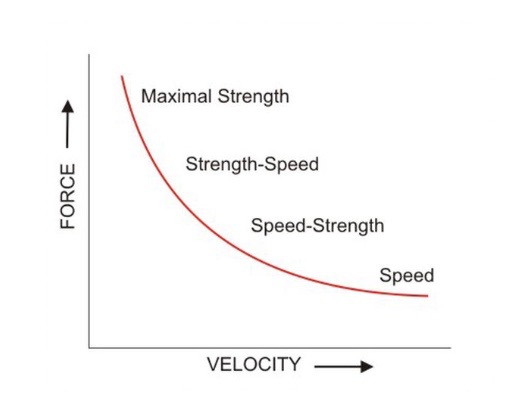
• Eccentric: the lowering portion, where you’re moving with gravity
• Isometric: a holding movement, where you’re contracting your muscles to stay still – with or without weight
• Concentric: the raising portion of a movement where you’re lifting a weight or contract in the opposite direction to resistance
Training each of these types of movement will produce the best results. This usually means adding more eccentric and isometric movements. These are used to build better proprioception and familiarity with important positions (e.g. an isometric hold in a lunge for hip and core stability).
Move In Different Planes
When it comes to varied movement, you can – and should – utilise different planes of movement. These are the directions in which you move, and they affect your results in important ways, especially when it comes to health, balance, and proprioception.
A lot of exercise works purely in the sagittal or axial planes – meaning they work forwards/backwards or up/down. Your body is designed to do so much more than this, so spending time outside of these planes is key.
Life doesn’t happen on even surfaces in one direction. Preparing yourself for every kind of movement is an important way to build proprioception/balance, as well as preparing yourself for the possibility that they’re compromised!
Non-Sagittal Movements: Lateral and Rotational
Lateral movements are sideways, and they include key exercises like the Kosack squat and side bends. This type of movement is also crucial for spinal stability and health, which is a great benefit on top of balance.
Obviously, lateral movement is important to stabilise yourself against falls which often have a lateral component. For example, mis-stepping usually isn’t about your sagittal plane, but poor lateral foot placement.
Transverse or rotational movements are about rotating, obviously. These are more important for the fact that most injuries involve some twisting and rotational instability is a huge factor in back injuries or loss of stable footing.
Movements like the rotating lunge, reach beyond base of support, and stagger-stance movements are great for building rotational strength. Equally, you can train anti-rotation through banded movements (e.g. Pallof press), slow-eccentric wood-chops, or side planks with a rotation.
Final Thoughts
Developing balance and proprioception isn’t easy – it’s a slow process – but it will improve every aspect of fitness and longevity.
Training for these benefits also overlaps with other key athletic traits like strength, speed, endurance, flexibility, and co-ordination. In this sense, training for proprioception is an ‘accidental’ benefit of better athleticism but, equally, better athleticism and fitness are an accidental response to balance and proprioception training!

